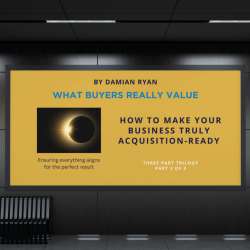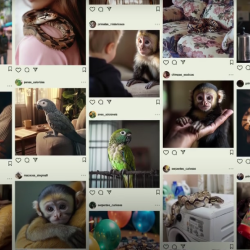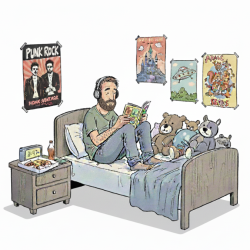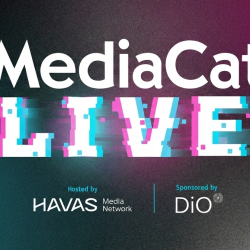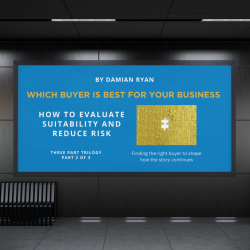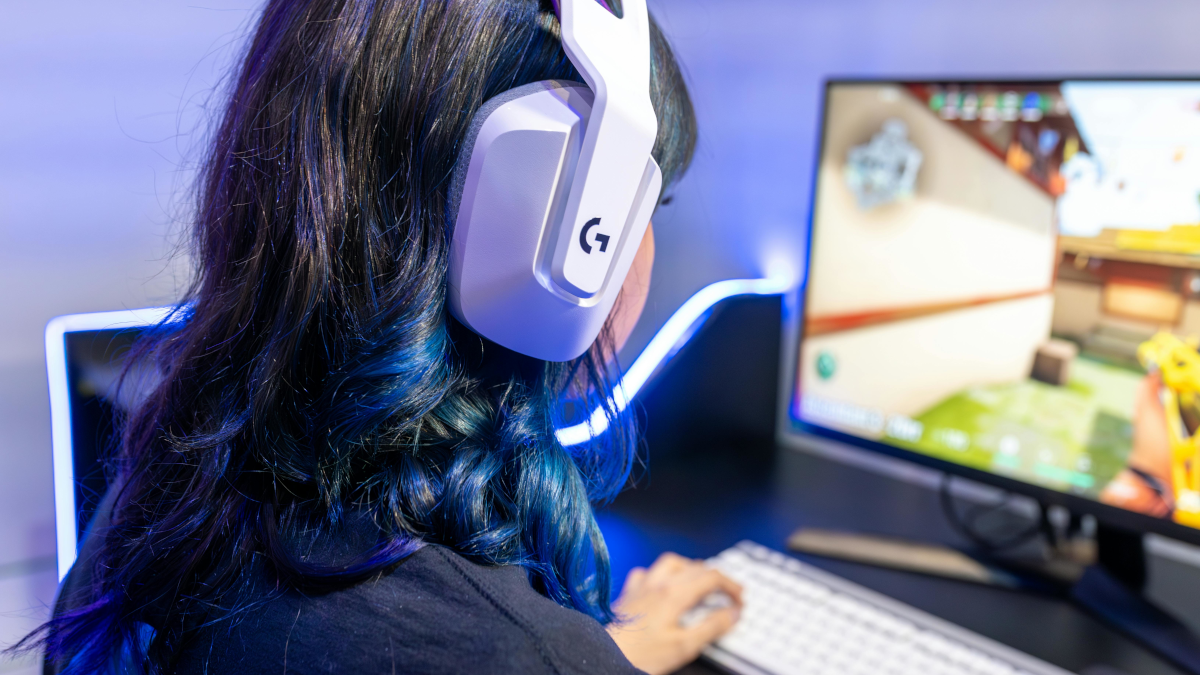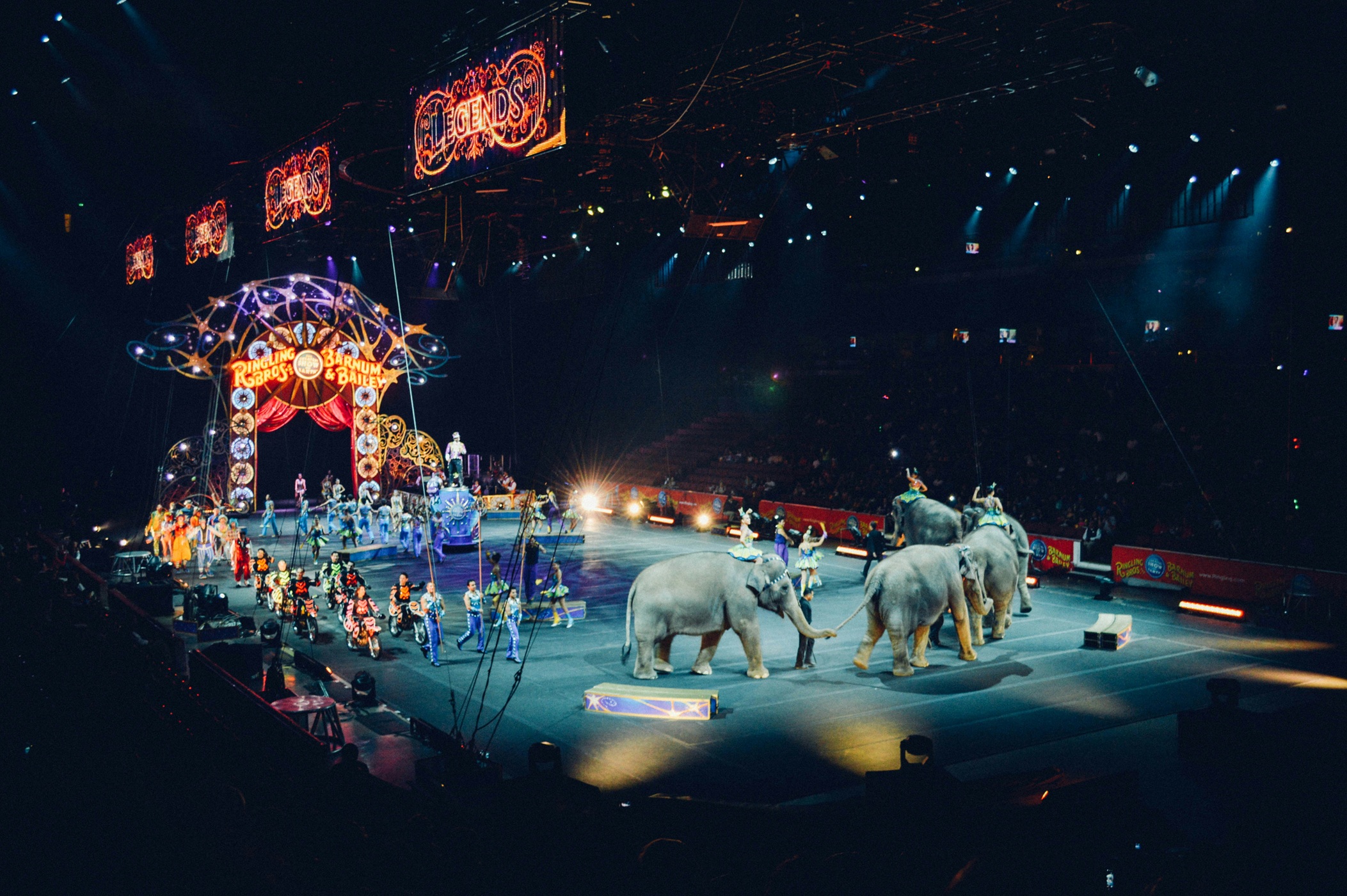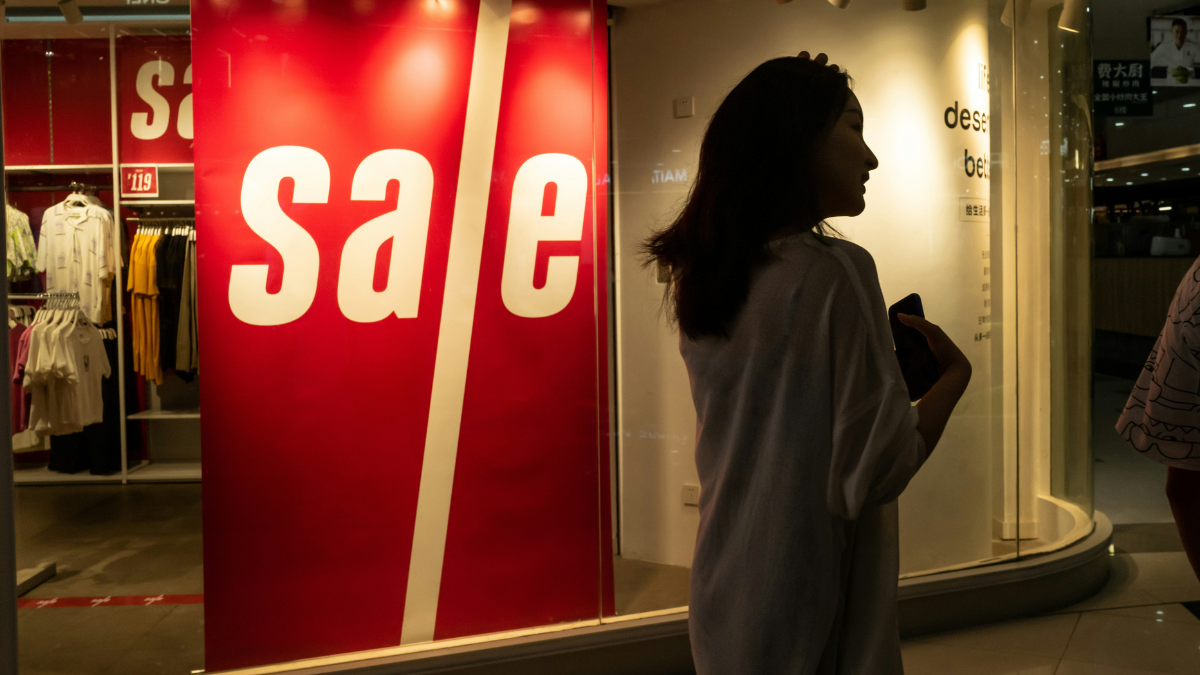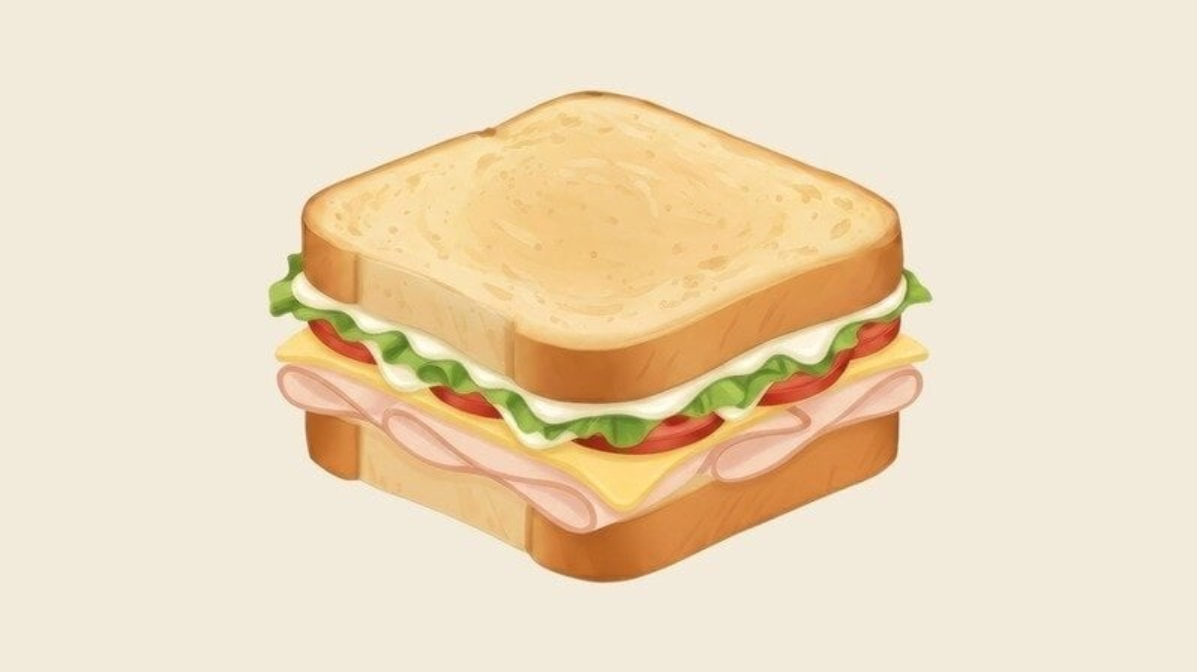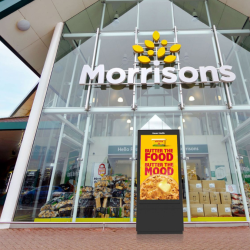2024 was tough for gaming, with reduced investment, studio closures, and around 40 per cent more layoffs than in 2023. In addition, around three quarters of the 19,000 titles launched weren’t even played, with the majority of gamers spending time on fewer than 100 games.
Overwolf’s Nathan Lindberg thinks there are opportunities, though, particularly in PC gaming, which grew faster than mobile last year and commands high attention, and also in user-generated content and mods on platforms like Roblox.
Lindberg has worked in gaming for over a decade, in roles at Twitch and Epic Games. He is now head of US brand partnerships at Overwolf, a platform that allows developers to create apps for games, with the ability to reach 100 million monthly gamers on titles such as Fortnite, Elden Ring and Minecraft, targeting players with ads during gameplay or between sessions, as well as branded activations.
We spoke to him about publishers investing more in UGC, and the ability for brands and media agencies to connect with lots of audiences across lots of games in an ‘inch deep mile-wide’ strategy.
At the IAB Playfronts in April you gave a talk about PC gaming being ‘the last oasis of attention’. Why is this the case?
If you look at the amount of attention and time spent and the way in which we go about our daily lives, everything is fast and in your face. There are a lot of things happening simultaneously, even when you’re commuting… signs outside, notifications on your phone, all sorts of things.
You’re not often focused on one particular thing. Gaming environments, where you’re locked in, are truly one of the last remaining places where attention is high.
Overwolf offers in-play (in-game) and beyond play (gaming website) ads. What are the differences between those formats and how should advertisers approach getting the best out of them?
It comes down to KPIs. As a platform and service our goal is to help creators monetise their passion. Whether that’s an app, website, mod or private server, all of these things are important to the overall future of gaming. Being able to help each of them monetise is important. We work with brands to understand their goals. If it’s viewability, our app platform is incredible for that. If you’re after more performance metrics and looking for click-through rates, our websites are more successful.
Is in-play more awareness and beyond play more lower funnel performance-based then? Is that fair to say?
It’s fair. But everything can be awareness-based, depending on what you’re looking for. We have high-impact units on our websites that drive great top-of-mind, share-of-voice. There are certain units that drive in-app value.
We’ve just launched our SuperCharger program to help brands get into Fortnite and Roblox in a smarter and faster way. A lot of folks are building experiences in [those platforms] and people show up and play them. We’ve actually built a program through our app technology to help drive traffic.
If [the brand] knows you’re playing Fortnite and knows you’ve just won a game or lost a game, we can actually serve messages there to specifically drive performance.
Are you building things in Roblox for brands, or just facilitating the ads part? How exactly does it all work?
Overwolf is not building anything. We’re a platform and have always been a platform. We can certainly leverage and utilise partners to do that, and [we] have great relationships with some of the best developers in Roblox and Fortnite. If a brand has already built or is building something then, great, we’re here to complement that. If a brand comes to us and says, ‘Hey, we want to be in Roblox or Fortnite, can you help?’ The answer is yes, too. We have partners we can work with to make sure it works. Our USP is our ability to drive traffic into those experiences.
I’ll give you a quick case study on what we did with Procter & Gamble in Germany with Mr. Clean. We worked with P&G and the IOC [International Olympic Committee] to build an experience that would be appropriate [for the event]. Our Supercharger program was able to drive so much traffic consistently into the experience for over a week that it actually hit Epic Games’ algorithm and took off as a natural awareness driver that quadrupled the number of plays they had.
So they were happy, and that got us thinking that, if we do this regularly, we can drive some great success for brands in these spaces.
So that was a test of sorts, or you weren’t expecting that level of results?
We weren’t expecting to get onto the algorithm. That’s something that no one knows the secret of — besides the folks at Epic. We cleared our KPI goal, but as a bonus we hit the algorithm and got on the front ‘discovery’ page. That’s when things took off.
Is it fair to say you’ve had the most success when you gamify ads?
Listen, I spent years at Twitch convincing the world that people watch other people play video games, and that’s still the case today. But there are a large group of people who want to play games themselves, and don’t just want to watch other people play. We see a tremendous amount of opportunity to engage with brands and get people to put their hands on a keyboard or controller and actually participate.
We create moments where people are playing a game and enjoying a hands-on experience. That’s strong engagement.
When you look at the programs we’re doing — whether it’s rewarded challenges or custom tournaments — all of these things are designed to get people to play the game and have that experience. If you look at our other key custom units, like moment-triggered ads, that, again, is a result of someone doing something.
The overall gaming market is near $200bn in revenue but advertisers still remain cautious, investing more in DOOH, CTV, social media and audio. Why do you think that is?
It’s a couple of things. The first is generational. If you’re a lifelong gamer you’re maybe 50. If you’re a baseball fan you’re 120. If you’re a football fan, you’re 400 years old, right? There’s just generational knowledge and experience of growing up with these ecosystems.
I think, as we’re seeing brand and agency [professionals] grow up and basically live in a world where gaming is a natural part of their lives or their children’s lives, you’re seeing them become more attracted to this space as a viable place to spend marketing dollars. But let’s not kid ourselves, gaming makes it difficult. It’s hard to advertise.
That’s why Twitch was so successful with 30-second pre-roll [ads]. It was easy and natural. But trying to justify an in-game ad that isn’t third-party served or first-party reported, and that doesn’t click out and [potentially] doesn’t work with brand safety, that’s a hard sell to anyone outside of an innovation budget.
As we start to see gaming go into a space beyond innovation and into consistent marketing spend, we have to be able to deliver on things that advertisers care about: namely KPIs, ROI, and ROAS. That’s where Overwolf is fortunate in the fact that we’re serving IAB-standard media in a way that doesn’t annoy gamers — we’re not strong-arming you, saying you have to watch this ad first. We’re providing a way advertisers can deliver against the way they want to transact, can third-party track [activities], and plug everything into their ecosystem to see how [ads] are doing.
Those reasons are why gaming lags behind. Until advertisers can justify it back to organisations and finance it is going to struggle, especially when it comes to getting the meatier part of consistent ad budgets.
What trends and audience behaviours are you seeing in PC gaming, and how might advertisers feed into these?
One of the biggest trends we’re seeing — and it’s an unfortunate one which started over the last year or two — is layoffs at studios. We’re seeing a lot of game publishers cutting staff, trying to do more with less, and finding new ways to drive value for their games. There were 19,000 video games launched in 2024 and almost 15,000 of them weren’t played. It’s a very fractured ecosystem. 66 games make up 80% of gameplay.
It’s difficult to compete. We’re seeing a trend of brands and specifically publishers investing in UGC [user-generated content], in mods, add-ons, and a kind of UGC premium marketplace. We’re seeing those games have a longer life. The fans are a more engaged audience and are monetising at a higher click. By this I mean gamers that play longer spend more, so if publishers can keep gamers playing there are more opportunities to monetise them. We see this as a huge opportunity. Roblox is entirely UGC. Minecraft and Fortnite are partially UGC.
Game publishers are outsourcing the work to average creators and sharing in that revenue, which is great. It’s a fair ecosystem.
The only problem is if you’re not Microsoft, Epic or Roblox, what are you doing? How are you competing? How do you bring in additional revenue? You [could] do it by working with Overwolf. We’ve had great partnerships with [dinosaur survival game] Ark: Survival Ascended, for example, and just launched a partnership with Hogwarts Legacy, where we can bring in branded experiences and branded UGC mods.
As brands look to become more playable, they want to have more consistent engagement with audiences. Premium mods are an incredible way for them to do that. They benefit the ecosystem, not only for game publishers but also for independent content creators who are trying to pivot themselves from weekend hobbyists to full-time creators.
Where do you see growth in PC gaming? Any specific genres, types of games or audiences?
If you look at 2024, PC gaming was the highest growth category at 4%. Mobile was 3%, so we’re doing really well. We’re competing with mobile because mobile is an easier platform to get onto. Consoles saw negative 1% growth. I think that will change with the launch of Grand Theft Auto 6. That will be a huge console driver, now slated for 2026.
If you look at GTA 5, it’s still one of the most popular games out there, and the reason for that is the custom mods. It’s the ability to customise and curate what we’re seeing in this space.
Look[ing] at the future of the PC gaming market, I see tremendous upside because you’ve got an ecosystem that’s engaged and people are seeing the value of being able to create on it as a viable business source. When you have closed off ecosystems, it becomes difficult to innovate, and I think that that’s the struggle when you look at what consoles are able to offer.
If we look at the market moving forward, I think PC gaming creates more opportunity for customisation and innovation, and the amount of investment required is dropping dramatically. I think that’s going to be a benefit for people transitioning from ‘hey, I got my first console, it was great’ to ‘hey, I have a multi-use central home device that I can play on in different ways, and I don’t need to break the bank to do that.’
You mentioned mobile. Does Overwolf do much work there?
Not right now. Epic and Apple have been discussing how the marketplace and mobile works, and we’re anxious to see how that evolves.
For us right now, there’s an opportunity to acquire more users in PC gaming. Until the mobile market presents a more approachable opportunity we’ll probably just focus on PC. That said, premium mods and UGC are starting to grow into consoles, which is exciting. I mentioned Ark: Survival Evolved and Hogwarts Legacy earlier. We’re seeing a lot of users create amazing mods on both PC and consoles [for those games]. So there’s a growth opportunity.
Any final thoughts or advice for advertisers considering the gaming market right now?
At the end of the day, there are a lot of [advertisers] spending time doing different things, and it’s easy to go with trends and only advertise in one place, or on one game. A lot of brands and agencies think that’s a gaming strategy, but that’s a gaming buy.
Brands, and media agencies in particular, need to think about the ability to connect with lots of different audiences across lots of different games. That’s a really important part of a gaming strategy. Having an ‘inch deep mile-wide’ strategy is how you can engage a tremendously excited audience that are spending time doing the things that they want to do — which is playing games — and that doesn’t mean you’re only reaching esports athletes.
So when [advertisers are considering] gaming, you should be thinking about audiences of watchers and players, composers and performers. There’s a space for [all these audiences].
As brands invest in [gaming] we see them spending time and effort with platforms like Twitch, but there’s a sizeable group of people in the US and worldwide who are not on those platforms, and are spending their time laser-focused on [solely] playing games. There are very few ways to interact with those people. We’re fortunate Overwolf is one of those ways.
You mentioned ‘inch deep mile-wide’ strategies being more effective. Are advertisers open to experimenting with trying to reach different audiences?
I think it’s something advertisers are dying for. The hardest part is being able to reach all those audiences. Having to choose between a Fortnite, Roblox, Call of Duty or FIFA campaign. It’s difficult to have to say, ‘OK, we have to pick one because the cost is so prohibitive for us to be able to do all of them.’ Brands are saying, ‘Where can I reach a large swathe of gamers across multiple titles […] and how do I […] have results that are going to impact the ROI of the campaign that I’m trying to do?’
What’s funny is often [an advertiser] says to us, ‘Overwho? I’ve never heard of you.’ Our direct sales teams have only been around for two years, so we’re relatively new. But once we have a conversation with a client or agency, it’s very positive.
Featured image: Matheus Bertelli / Pexels
